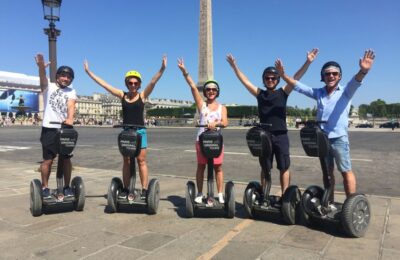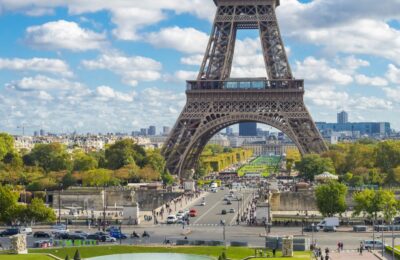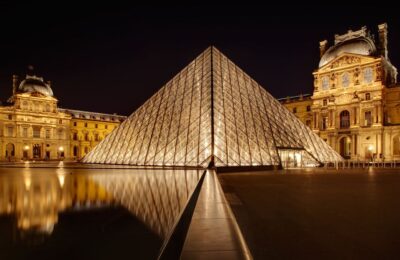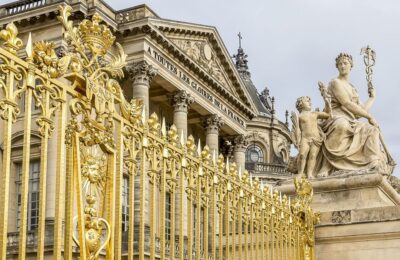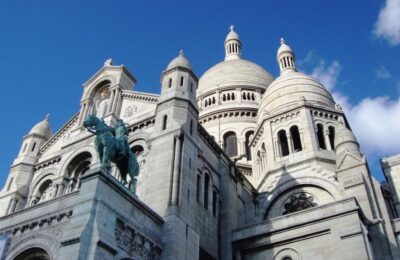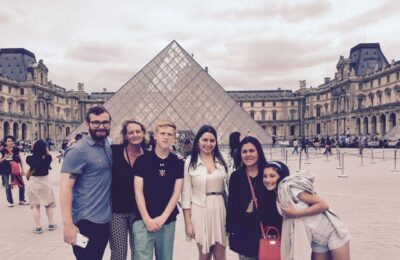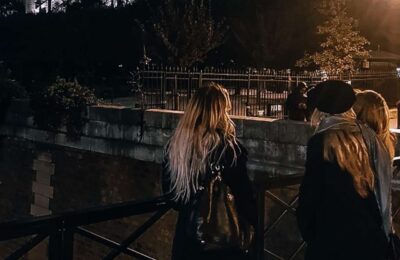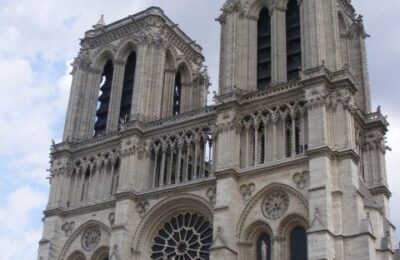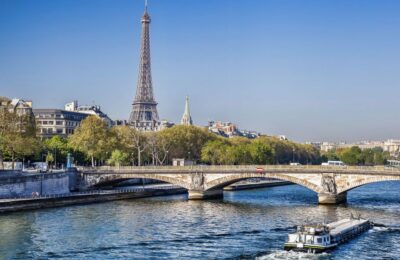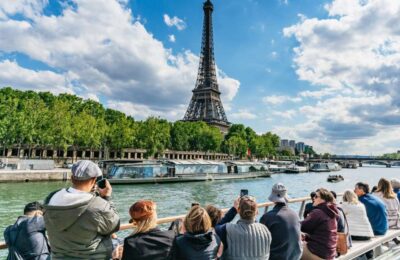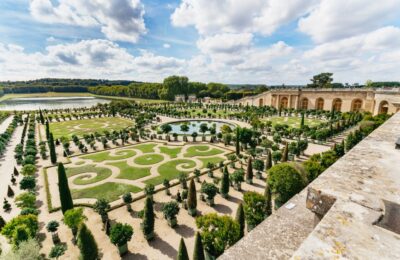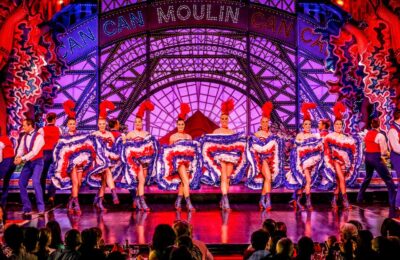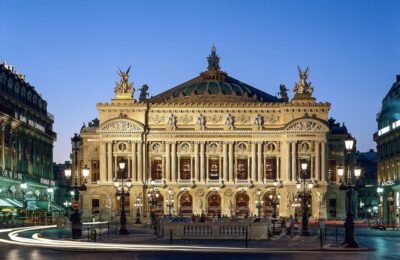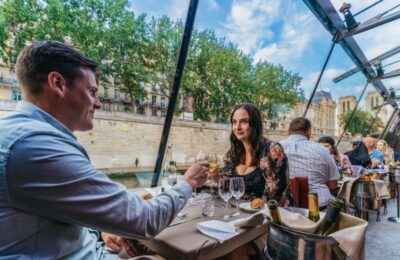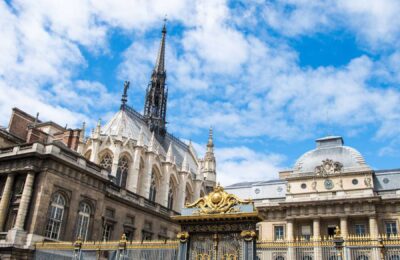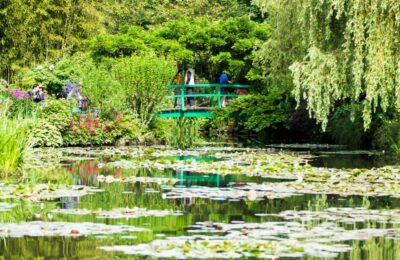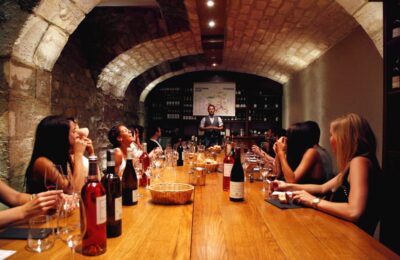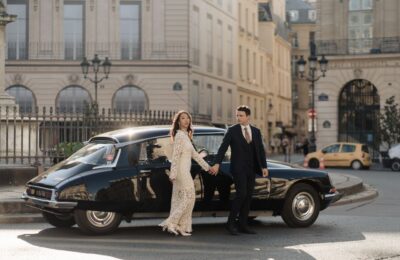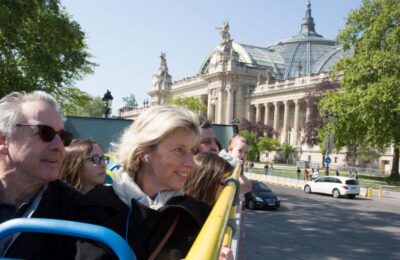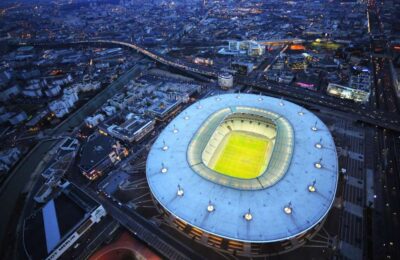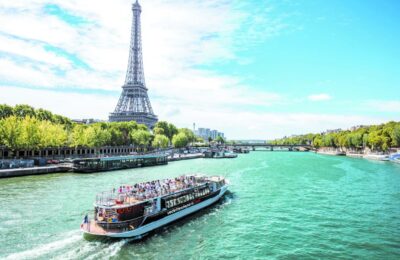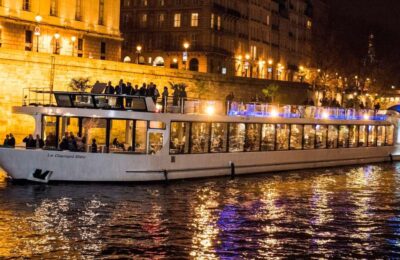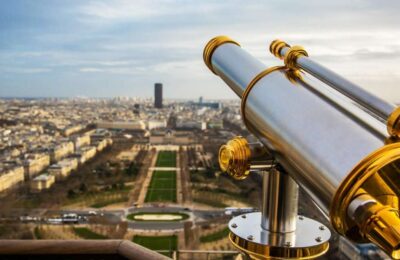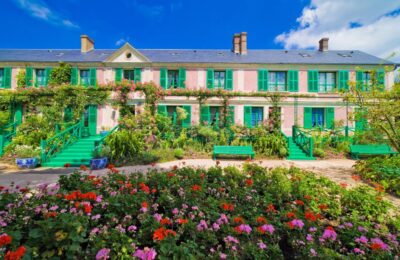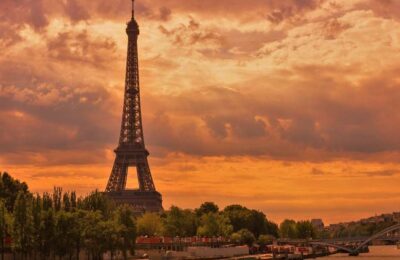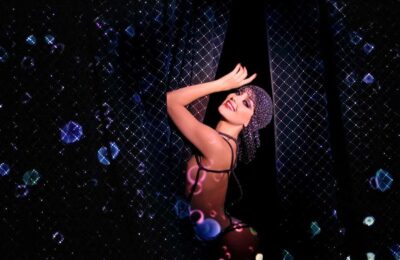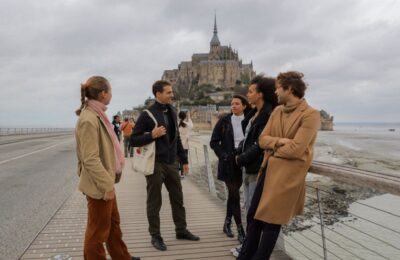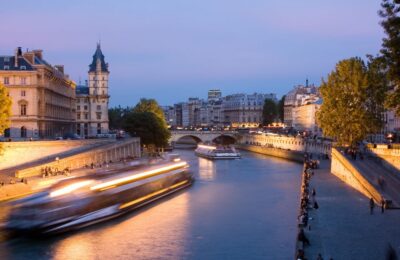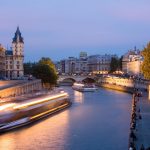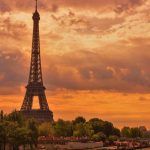Welcome to Paris
Book your activities, tickets & Things to do in
Paris
version









Book Your Experience
Like millions of travelers in Paris!
We would like to show you how!
LET'S START IT!
Explore Paris: Tickets & Tours
Paris Eiffel Tower Entry Ticket – Fast-Track Your Visit to the Iconic Tower
Experience the thrill of riding a Segway through the charming streets of Paris
Discover the Iconic Eiffel Tower with a Guided Tour & Summit Ticket
Discover Paris: The Louvre Museum and Enchanting Seine River Cruise
Uncover the Grandeur: Skip-the-Line Tour of Versailles Palace
Discover the Magic of Montmartre: Unforgettable Walking Tour in Paris
Discover Paris like a Local: Unforgettable Private Tour with a Personal Guide
Experience the Spooky Side of Paris with the Dark City Secrets Walking Tour
Chocolate Walking Tour in Paris: Indulge in the Sweetest Delights
Explore the Best Jewish Tour in Paris with an Expert Guide
Seine River Sightseeing Cruise with Exquisite 3 Course Dinner
Indulge in a Scenic 3-Course Lunch Cruise along the Seine River in Paris
Experience the Beauty of Paris with a 1-Hour River Seine Cruise
Skip-the-Line Journey: Discover Versailles Palace with VIP Access
Dinner Cruise: Views and Unforgettable Moulin Rouge Show
Discover the Enchanting Mont Saint Michel: Guided Day Trip from Paris
Beneath the City Lights: Explore the Paris Catacombs on an Unforgettable Tour
Secure Your Opera Garnier Ticket for an Enchanting Tour
Experience Paris by Night: Evening River Seine Cruise with Gourmet Dinner
Sainte Chapelle Paris Entry Ticket: Book Your Visit to the Iconic Gothic Chapel
Paris Perfume Creation Workshop – A Unique 2 Hours Experience
Discover Monet’s Garden in Giverny: Guided Day Trip from Paris
Indulge in Paris: Uncover the Art of French Wine Tasting with an Expert Sommelier
Experience the Magic of Paris: Private City Tour in a Vintage Car
Hop-on Hop-off Bus Tour in Paris & Seine Cruise Bundle Tour
Paris: The Miraculous Cruise Immersive Show in French
Unveiling the Magic: Explore the Stade de France Behind the Scenes Tour in Paris
River Seine Cruise with Optional Drinks and Snacks in Paris
Paris Gourmet Dinner Cruise: Seine River Elegance with Live Music
Eiffel Tower Tour with Summit or 2nd Floor Access
Disneyland In Paris – Multi-Day Entry Ticket
Giverny w/ Monet’s House & Gardens Half-Day Tour
Paris: Seine River Cruise Tour & Crepe Tasting near the Eiffel Tower
Crazy Horse Cabaret Show Best Experience to do in Paris
Paris: Best Mont-Saint-Michel Day Trip Explore the Medieval Monuments
Best 1-Hour Seine River Night Cruise With Waffle Tasting
Welcome to TowerofEiffel.com – Your Gateway to the Iconic Parisian Landmark
Discover the allure and timeless elegance of the Eiffel Tower, a masterpiece that stands as a symbol of Paris and the world’s enduring romance with art, architecture, and innovation.
Plan Your Visit
Uncover everything you need to know to make your visit unforgettable. From ticketing options to exclusive guided tours, we provide the most up-to-date information to help you experience the Eiffel Tower like never before.
Explore the History
Step into the fascinating story of Gustave Eiffel’s visionary creation. Learn how this architectural wonder transformed from a controversial project to a global icon of beauty and engineering.
Breathtaking Views
Experience Paris from new heights. Whether you’re gazing at the city’s skyline from the tower’s observation decks or enjoying a meal at its renowned restaurants, the Eiffel Tower offers moments of awe at every level.
Stay Inspired
Dive into our curated blog featuring insights, tips, and stories about the Eiffel Tower, Parisian culture, and must-see attractions around the City of Light.
Your Eiffel Tower journey begins here. Let us guide you through an unforgettable experience at the heart of Paris.
Search
Partners

Disclaimer
If you make a purchase from our website, we may earn a commission. This does not affect the quality or independence of our editorial content.
Tower of Eiffel
Website: www.towerofeiffel.com
Privacy Policy – Terms of Service


